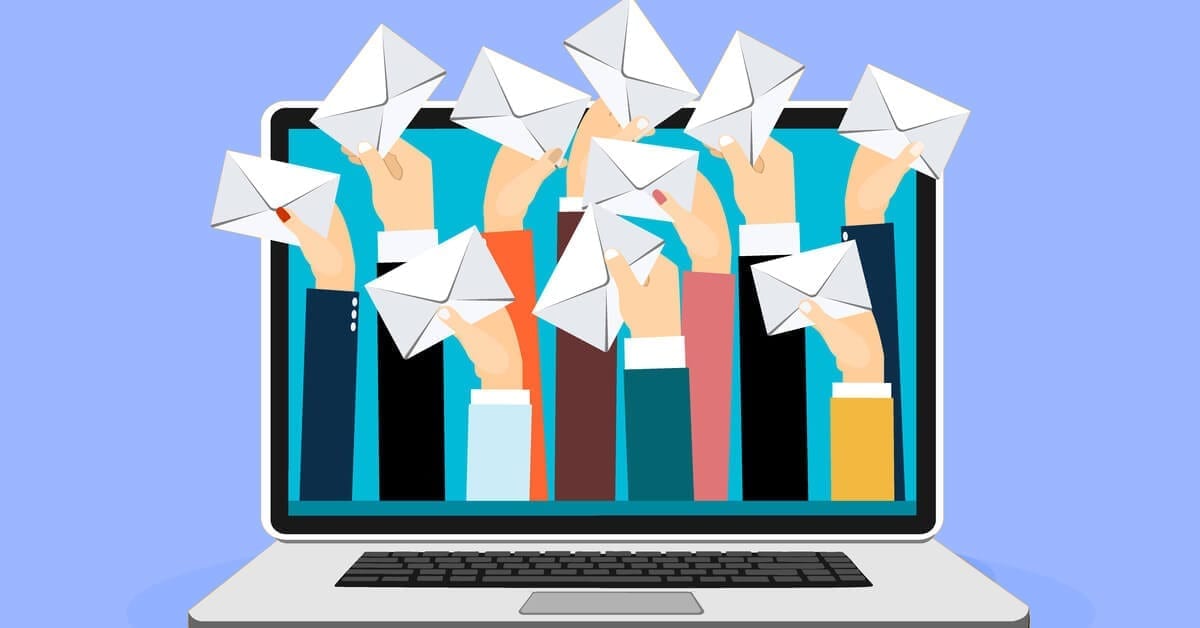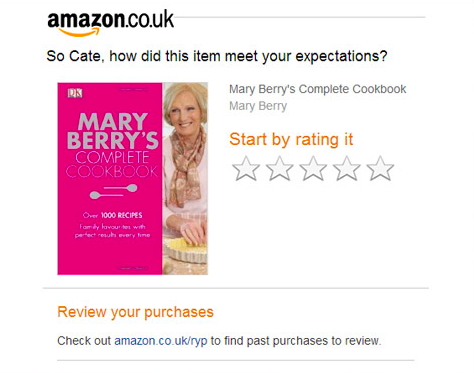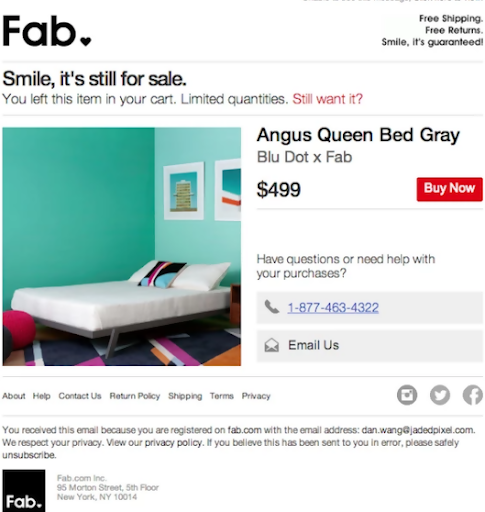5 Key Sales Follow-up Emails to Create Loyal Customers

Reading Time: 4 minutes
Most companies know how critical good customer service is to the health of their business. Excellent customer service increases sales because it leads to customer loyalty, and to do this it’s important to foster great communication between your business and your target audience. A key component to building this communication is the all-important follow-up email as it allows you to keep the communication channels open.
| Bonus Content
👉 The Modern Marketer’s Quick Guide to Email Marketing [Download Ebook] 👉 Holiday Marketing Guide 2020: Trends & Actionable Strategies [Download Ebook] 👉 FabHotels Achieves 90% Improvement in Email Deliverability 👉 SIVVI Increased Sales with MoEngage Dynamic Emails and Push Notifications [Download Case Study] |
The sales follow-up email is useful because email marketing has proven to be very effective. To make your customers become brand supporters and repeat buyers, you need to engage them and build a relationship with them. Continue reading to discover different post-sale emails that you can use to build these relationships.
1. The “Thank You” Email
This email following a sale is possibly the most important message you can send your customers. It shows right away that you are committed to them and you can take the opportunity to highlight your products and services. You can also use that opportunity to seek feedback to improve your services. Unfortunately, many new eCommerce companies assume that once the purchase is completed, the work is done, but the truth is, in fact, the opposite.
Here is an example of one such email.

It has been proven that returning customers tend to spend more money than new customers, so it makes more sense to focus on building loyalty. According to Harriet Fielding, a content marketer at State Of Writing and EliteAssignmentHelp, the thank you email can be as simple as “thanking them for the purchase, providing information on the transaction and tracking the order, linking to your site and contact information, and including a call to action to purchase more products or services.”
2. Product Review
The email requesting product reviews is a good way to collect information about your products and also your e-commerce store. You can email your customers to find out how they’re enjoying a recently purchased product, and take the opportunity to ask for feedback on your website and ease of use, the customer service provided throughout the process, and the products themselves. This is an easy and clear way to get that information. Here’s an example:

3. Product Recommendations
This email has a dual purpose of maintaining contact with your customer base but also increase revenue by up-selling and cross-selling. Recommendations can be tailored based on previous purchases, either by pairing items that go well together or proposing similar items. Avoid combining this email with your order confirmation message, but instead, send it separately a week or two after their product has been delivered. You may also wish to take this opportunity to reward loyal customers with something extra to boost sales and loyalty, such as a discount.

4. Abandoned Cart Notification
Sending follow-up messages to guests on your eCommerce site provides you with an opportunity to make a sale. If a potential customer leaves the site without purchasing the items in their cart it means that they didn’t find the items they were looking for, they did not like the service or website, they decided to wait before buying or simply forgot to finish the purchase. Sometimes all it takes is a friendly reminder to finish the order, which allows you to determine the reason the purchase was abandoned and perhaps also make a sale. This email can be sent from 1 to 48 hours after the cart abandonment.
Richard Knox, a tech writer at Academized and Essayroo, recommends that cart abandonment emails “include details of the items left in the cart, reminds customers of the time-sensitivity of the purchase if there is an offer, provides contact information if they need help with the purchase, and most importantly avoids pressuring customers to complete the purchase.”

5. Informative Messages
Nowadays brands are selling more than just products. As customer expectations change, businesses need to keep their customers engaged in a way that adds value. Informative emails are a new and efficient way to do this for eCommerce sites as they offer useful information and also create a relationship and sense of community with your customers. How do you do this? You can send them blog articles, tutorials about your products or services or a related field, or create new content your target audience might enjoy. Make sure you’re not pitching anything, but simply providing them with free information, something customers love.

By following these tips, you’ll be well on your way to building lasting relationships with your customers and increasing your sales.














